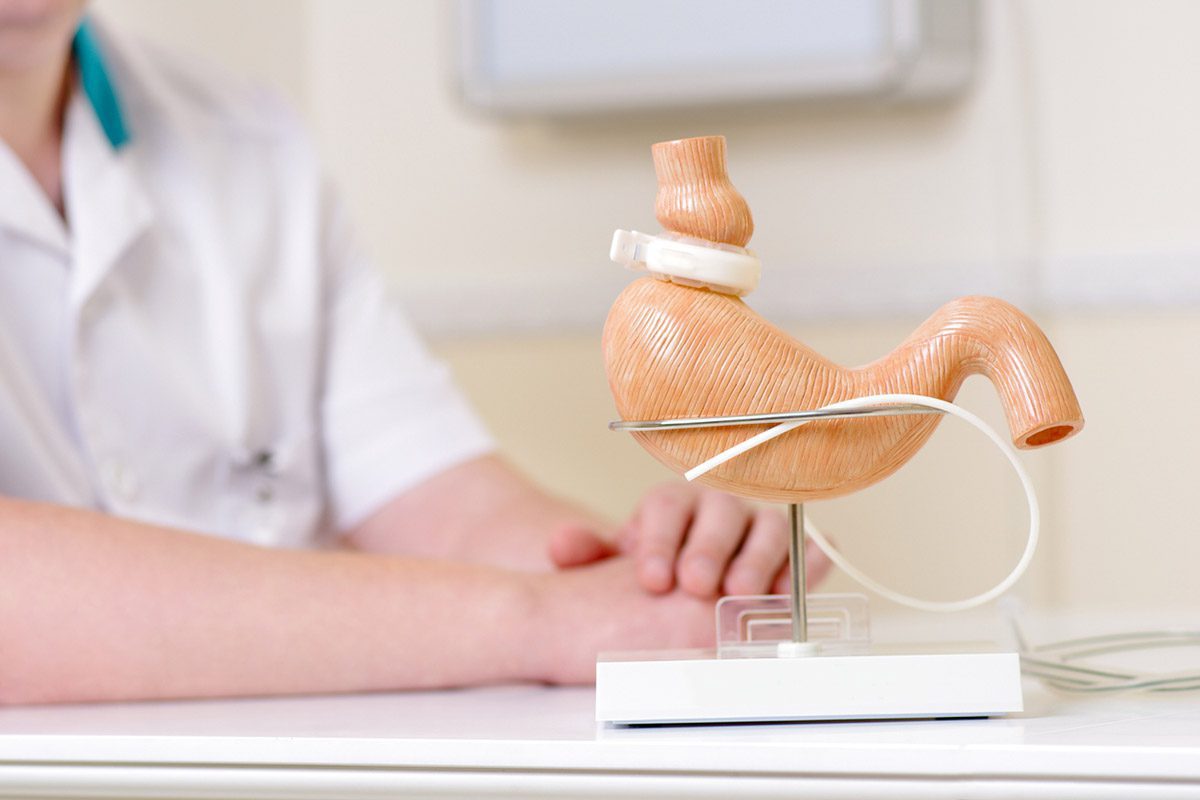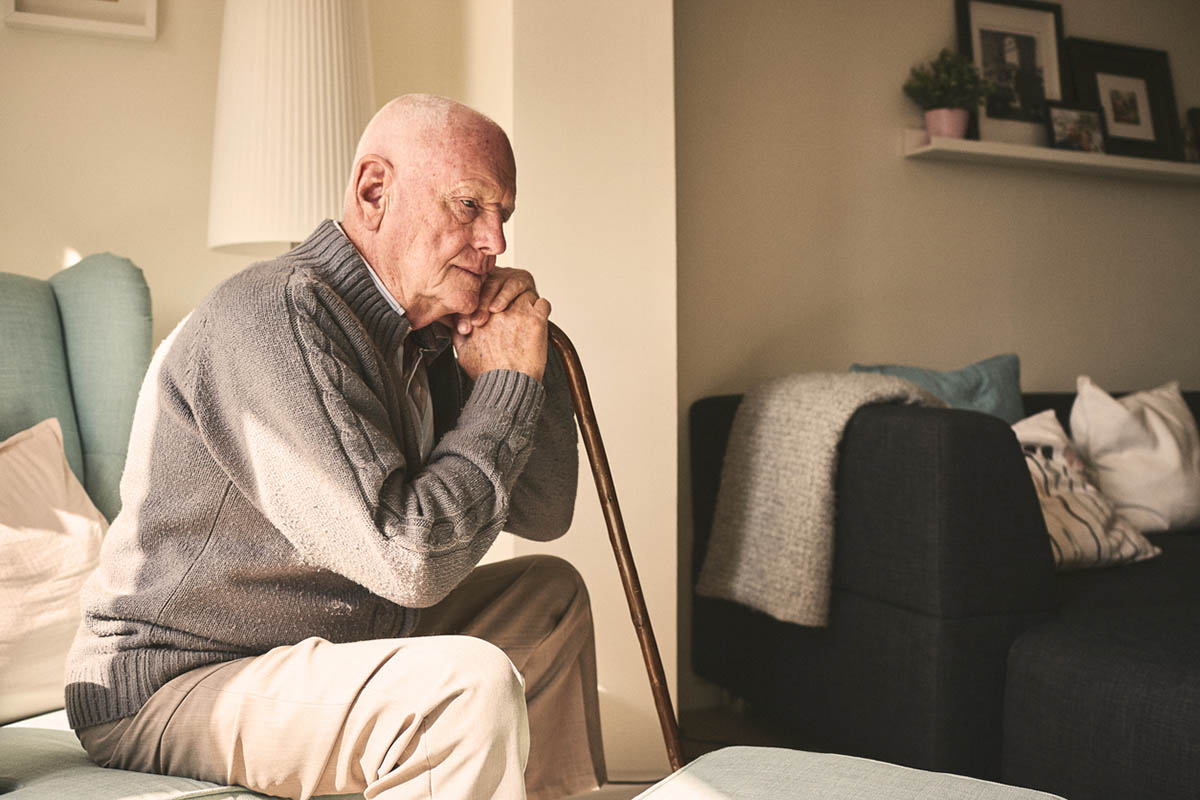Because this piece does not have an abstract, we have provided for your benefit the first 3 sentences of the full text.
To the Editor: Antidepressants have been reported to cause symptoms of mania or hypomania. We present the case of a 42-year-old woman with recurrent depressive disorder who developed manic-like symptoms with agomelatine treatment.
Case report. In March 2015, a 42-year-old female social worker diagnosed with recurrent depressive disorder (ICD-10) in the past and treated psychologically for 10 years was admitted to the hospital due to reported depressive symptoms.
Agomelatine-Related Shift to Mania in a Patient With Recurrent Depressive Disorder
To the Editor: Antidepressants have been reported to cause symptoms of mania or hypomania.1 We present the case of a 42-year-old woman with recurrent depressive disorder who developed manic-like symptoms with agomelatine treatment.
Case report. In March 2015, a 42-year-old female social worker diagnosed with recurrent depressive disorder (ICD-10) in the past and treated psychologically for 10 years was admitted to the hospital due to reported depressive symptoms. Current medication consisted of levothyroxine and oral contraception (ethinylestradiol + cyproterone acetate). One week before admission, antidepressant pharmacotherapy with agomelatine had been started. The patient reported agitation, grand ideas, incoherent thoughts, and sleep disturbance after the first dose of agomelatine and thus discontinued agomelatine herself. She had a history of Hashimoto’s thyroiditis and pituitary adenoma and denied substance abuse or history of mania.
Hypothyroidism or disruption of the hypothalamic-pituitary axis may be involved in the pathophysiology of mania or bipolar disorder.2-4 At the time of admission and with respect to accompanying diseases, other causes than agomelatine seemed possible for the onset of the patient’s manic-like symptoms. Antidepressant therapy with agomelatine 25 mg/d was reestablished, as sleep-promoting antidepressants are said to harbor a relatively low risk for precipitating manic episodes.5 Unexpectedly, the reported symptoms were observed again the following night. Agomelatine was discontinued, and the manic-like symptoms remitted within hours. Due to these observations, further antidepressant treatment was not pursued. Instead, the patient was started on mood-stabilizing pharmacotherapy with quetiapine 500 mg/d. Routine blood tests including thyroid-stimulating hormone level and brain MRI scan revealed no pathology. After 8 days of hospitalization, the patient was discharged at her own request still presenting moderate depressive symptoms.
With no prior antidepressant treatment, our patient developed hypomanic to manic-like symptoms twice immediately after a single dose of agomelatine 25 mg. According to Tondo et al,6 the use of antidepressants in adults with bipolar disorder or major depressive episode generally increases the risk of mania. Agomelatine is an agonist at the MT1 and MT2 receptors and an antagonist at the 5-HT2C serotonin receptor.5 The antidepressant is expected to have chronobiotic effects7 by resetting sleep-wake cycles.8
Yatham et al9 examined the efficacy of agomelatine versus placebo as adjunctive therapy to mood stabilizers in patients with bipolar disorder. In combination with lithium or valproate, agomelatine created no increased risk for manic-like symptoms compared to placebo.9 In contrast, Thorpe et al10 reported the case of a 31-year-old woman with an agomelatine-associated shift from bipolar depression to hypomania. In addition, Tu and Lin11 described the case of a 52-year-old woman diagnosed with recurrent depressive disorder who developed hypomanic symptoms 4 days after initiation of agomelatine 25 mg/d. She had been treated with paroxetine prior to agomelatine. Discontinuation of paroxetine was also considered to be a possible cause of the shift, as mania and hypomania have been reported to develop shortly after the discontinuation of antidepressants.12
In the case reported by Thorpe et al,10 shifting from sertraline to agomelatine was followed by manic-like symptoms. There was no such explanation for the shift to mania in our case. Endocrinologic and brain-morphologic causes were excluded; at the time of the first dose of agomelatine, our patient had not previously received antidepressants. Manic-like symptoms remitted completely after discontinuation of agomelatine. Due to the close temporal association and exclusion of other causes, a relation between the onset of manic-like symptoms and agomelatine seems probable (Naranjo Adverse Drug Reaction Probability Scale13 score of 8). As ethinylestradiol can inhibit the metabolism of cytochrome P450 (CYP) 1A2 substrates and lead to an increase in their plasma concentrations, drug-drug interactions between ethinylestradiol and the CYP1A2 substrate agomelatine cannot be fully excluded.
References
1. Patel R, Reiss P, Shetty H, et al. Do antidepressants increase the risk of mania and bipolar disorder in people with depression? A retrospective electronic case register cohort study. BMJ Open. 2015;5(12):e008341. doi:10.1136/bmjopen-2015-008341
2. Lin CL, Yang SN, Shiah IS. Acute mania in a patient with hypothyroidism resulting from Hashimoto’s thyroiditis. Gen Hosp Psychiatry. 2013;35(6):683.e1-683.e2. PubMed doi:10.1016/j.genhosppsych.2013.06.013
3. Pattanayak RD, Pattanayak S. Chronic manic episode associated with hypothyroidism due to Hashimoto’s disease: a case report. J Neuropsychiatry Clin Neurosci. 2014;26(4):E27. PubMed doi:10.1176/appi.neuropsych.13100302
4. Abreu T, Bragança M. The bipolarity of light and dark: a review on bipolar disorder and circadian cycles. J Affect Disord. 2015;185:219-229. PubMed doi:10.1016/j.jad.2015.07.017
5. Wichniak A, Jarkiewicz M, Okruszek Å, et al. Low risk for switch to mania during treatment with sleep-promoting antidepressants. Pharmacopsychiatry. 2015;48(3):83-88. PubMed doi:10.1055/s-0034-1396802
6. Tondo L, Vסzquez G, Baldessarini RJ. Mania associated with antidepressant treatment: comprehensive meta-analytic review. Acta Psychiatr Scand. 2010;121(6):404-414. PubMed doi:10.1111/j.1600-0447.2009.01514.x
7. Quera Salva MA, Hartley S. Mood disorders, circadian rhythms, melatonin and melatonin agonists. J Cent Nerv Syst Dis. 2012;4:15-26. PubMed doi:10.4137/JCNSD.S4103
8. Srinivasan V, Zakaria R, Othman Z, et al. Agomelatine in depressive disorders: its novel mechanisms of action. J Neuropsychiatry Clin Neurosci. 2012;24(3):290-308. PubMed doi:10.1176/appi.neuropsych.11090216
9. Yatham LN, Vieta E, Goodwin GM, et al; Agomelatine Study Group. Agomelatine or placebo as adjunctive therapy to a mood stabilizer in bipolar I depression: randomized double-blind placebo-controlled trial. Br J Psychiatry. 2016;208(1):78-86. PubMed doi:10.1192/bjp.bp.114.147587
10. Thorpe M, Pannell J, Nance M. Agomelatine-associated manic switch in bipolar depression: a case report. Aust N Z J Psychiatry. 2014;48(10):958-959. PubMed doi:10.1177/0004867414529339
11. Tu KY, Lin PY. Hypomania soon after shifting from paroxetine to agomelatine in a middle-aged woman with depression. Clin Neuropharmacol. 2014;37(3):82-83. PubMed doi:10.1097/WNF.0000000000000030
12. Andrade C. Antidepressant-withdrawal mania: a critical review and synthesis of the literature. J Clin Psychiatry. 2004;65(7):987-993. PubMed doi:10.4088/JCP.v65n0716
13. Naranjo CA, Busto U, Sellers EM, et al. A method for estimating the probability of adverse drug reactions. Clin Pharmacol Ther. 1981;30(2):239-245. PubMed doi:10.1038/clpt.1981.154
aClinic for Psychiatry and Psychotherapy, Saarland University Medical Centre, Homburg/Saar, Germany
Potential conflicts of interest: None.
Funding/support: None.
Patient consent: Permission was received from the patient to present this case, and the information was de-identified to protect anonymity.
Published online: October 26, 2017.
Prim Care Companion CNS Disord 2017;19(5):16l02079
https://doi.org/10.4088/PCC.16l02079
© Copyright 2017 Physicians Postgraduate Press, Inc.
Please sign in or purchase this PDF for $40.00.





